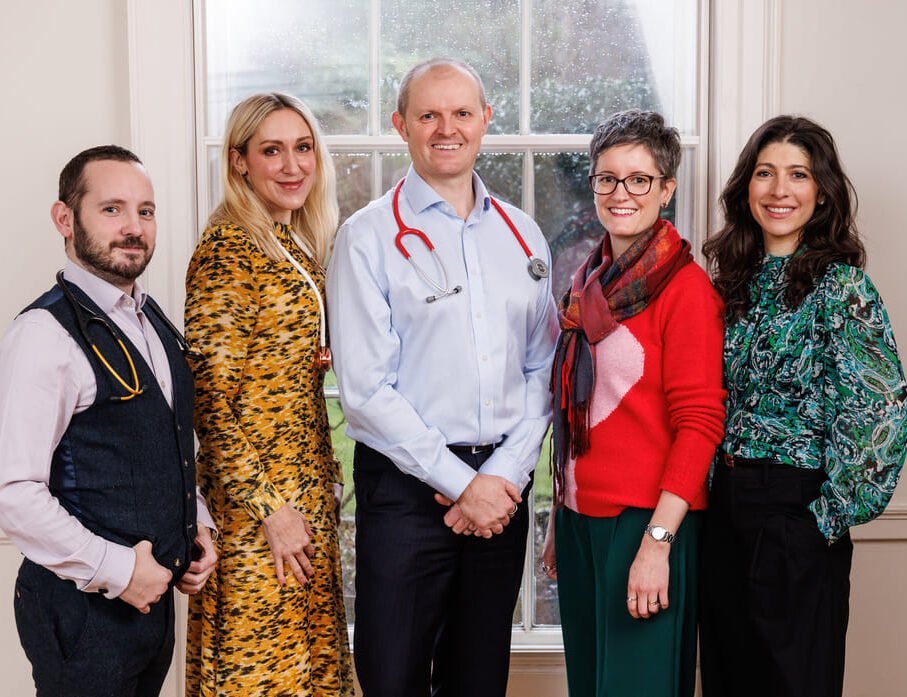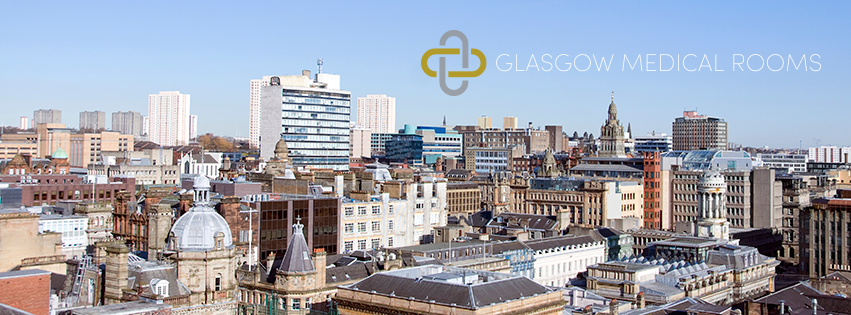What is the current state of NHS dentistry in the UK?
Health Prem investigates the current situation regarding NHS dentistry in the UK, in addition to the government’s plans within the dental sector.
7 minute readLike other areas of the NHS, dentistry has faced a myriad of challenges over the past few decades.
Now, with an increasing move towards privatisation, limited access to NHS dentist appointments, and a widening socio-economic gap, could NHS dentistry soon be assigned to the history books? With a similar shift towards private GPs in the UK, is the state of NHS dentistry a cautionary tale of things to come for NHS GP services?
In this article, we’ll look at what NHS dentistry is, the current state of NHS dentistry in the UK, and what the government are doing to save the nation’s smiles.
What is NHS dentistry?
NHS dentistry aims to provide treatment that is clinically necessary to keep our mouths, teeth, and gums healthy and free of pain.
Dental services, along with general practice, primary ophthalmic services (eye health), and community pharmacies, are part of the primary care system in England. These services work differently from secondary NHS services (such as hospitals) in that they follow a contractor model of care. This means that most NHS primary care services are supplied by independent providers under contract to the NHS.
About three-quarters of independent dental practices in England are contracted to provide NHS services in addition to private care. All dental practices must be registered with the Care Quality Commission.
Unlike with GPs, there is no national registration system in dentistry. In other words, you do not need to be registered with a dentist to receive NHS treatment and should, in theory, be able to go to any dental practice that holds an NHS contract.
Dental practices can choose whether they provide NHS treatment to new patients depending on their capacity. Once a new patient is accepted, the practice cannot refuse to complete the course of treatment. However, once that course of treatment is completed, the dental practice is not obliged to continue providing their dental care. This results in confusion among patients who believe they are registered with a dentist for life, as they would be with a GP.
What is the state of NHS dentistry in the UK?
The state of NHS dentistry in the UK is bleak. A combination of chronic underfunding, mismanagement, staff shortages, and the pandemic have driven more and more dentists into the private sector and away from providing NHS care.
According to the UK health watchdog, Healthwatch:
Access to NHS dentistry is one of the main issues they hear about from the public
In 2022-2023, NHS dentistry was the second most common issue reported to Healthwatch
In 2021- 2022, 55% of feedback about NHS dentistry was negative, rising to 62% in 2022-2023
People on lower incomes and from ethnic minorities find it harder to afford treatment
A 2021 online poll found that 61% of respondents felt that NHS dental treatment was too expensive
Patients find it difficult to access up-to-date information about practices taking on new NHS patients. There is also confusion about dental charges and which part of treatment is covered and which is paid for privately.
The most common reason for hospital admissions among children aged 6-10-years is the removal of decayed teeth under general anaesthetic. This is almost four times higher in children from deprived and lower socio-economic communities than those from affluent areas.
Over two-thirds (69%) of people who had dental treatment privately in the last 12 months had no dental insurance. Many of these cannot afford private care but feel they have no other option.
NHS dental charges increased by 8.5% in April 2023
Key findings from a governmental survey
A 2022-2023 survey of 2,104 people across the UK revealed the shocking state of NHS dentistry in the UK. Some of the findings include:
1 in 5 Britons (22%) are currently not registered with a dentist. 37% of these said this was because they couldn’t find an NHS dentist and 23% said it was because they could not afford treatment.
1 in 10 Britons (10%) admit to attempting their own dental work. Of these, 56% did so because they couldn’t get an appointment in time, and 18% because they were unable to register with an NHS dentist.
27% of Britons have not seen a dentist in the last two years, and 8% admitted it’s been more than a decade since they went to the dentist.
In another 2022 survey carried out by the BBC, researchers contacted 8522 dental practices with an NHS contract to see if they were taking new patients. The results were as follows:
Key findings from a BBC survey
Across England, 91% of NHS practices were not accepting new adult patients, rising to 97% in the East Midlands and 98% in the Southwest, Northwest, Yorkshire and the Humber.
Of those practices not taking on adults in England, 23% said they had an open waiting list, and 16% said the wait time was a year or longer or were unable to say how long it would be
Out of 152 local authorities in England, 56 (37%) were not accepting new adult NHS patients
In England, 80% of NHS practices were not accepting new child patients
Over 200 practices said they would only take on children if their parents were private patients at the clinic
How much does it cost to see an NHS dentist?
There are three “bands” of charges to see an NHS dentist, depending on the type of treatment you have. In 2023 the cost of NHS dental treatment rose substantially more than usual with an increase of 8.5%.
As of 2024, NHS dental charges are as follows:
Urgent Treatment (£25.80) — covers emergency appointments and any urgent treatment that cannot be postponed
Band 1 (£25.80) — dental check-ups, including any necessary X-rays and a basic clean
Band 2 (£70.70) — everything in Band 1 plus treatments such as fillings, deep cleaning, simple root canal procedures, extractions, and simple changes to dentures
Band 3 (£306.80) — everything in Band 1 and Band 2 plus complex treatments such as crowns, veneers, bridges, dentures, and mouthguards
Free NHS dental care
You are eligible for free NHS dental treatment if you:
Are under 18, or under 19 and in full-time education
Are pregnant or have had a baby in the last 12 months
Are being treated in an NHS hospital and your treatment is carried out by the hospital dentist (you may have to pay for any dentures or bridges)
Are receiving low-income benefits, or are under 20 and a dependant of someone receiving low-income benefits
How can I find an NHS dentist?
You can find an NHS dentist by calling local dental practices and asking if they are taking new NHS patients. There may be a waiting list, or the dental practice may be at full capacity meaning you need to look elsewhere. Being accepted by an NHS dental practice does not guarantee access to appointments in the future.
You can also search for an NHS dentist near you on this NHS website.
Urgent dental care
If you need a dentist urgently and have an NHS dentist, call the practice, and request an urgent appointment. If you do not have an NHS dentist, call 111 or visit NHS 111 online.
Only go to A&E if you have severe symptoms such as:
Severe trauma to your face, mouth, or teeth
Severe or worsening swelling of your mouth, throat, or neck, that makes it difficult to breathe, swallow or speak
Severe ongoing bleeding
What needs to be done to save NHS dentistry?
In light of their findings, health watchdog, Healthwatch is calling for the following measures to be taken to safeguard the future of NHS dentistry and improve the dental health of millions:
Long-term, fundamental reform of how NHS dentistry is funded and arranged to allow the public to register with a local NHS dentist, in the same way they can with a GP surgery. This would provide improved access to appointments for preventative oral health and new urgent problems.
Greater protection of dental budgets. Currently, NHS dental funding which has not been spent is returned to central Government. Removing a budget ringfence in late 2023 has also seen funding used for non-dental health services so that integrated care systems can balance their books.
Extra dental appointments should be made available for those who have not received NHS dental care in years, including children and those experiencing health inequalities. This should include a guarantee that child NHS appointments are not dependent on their parents being private patients at the same practice.
Freeze NHS dental charges this April, and increase awareness among those who are entitled to free NHS dental care to prevent people from avoiding treatment due to costs.
Greater clarity and information about NHS dentistry to reduce public confusion. Every practice should provide clear, up-to-date information online to allow people to find out which practices are taking on new NHS dental patients and what they will be charged.
More joined-up schemes between dental practices, GP surgeries, schools, and other services are needed to deliver prevention and link oral health to other issues, such as weight management and smoking cessation.
What is being done to tackle the crisis in NHS dentistry?
In January 2022, NHS England announced £50 million additional funding for dentistry.
Later that year, NHS England announced some changes to the dental services contract including:
Improved payment to encourage dentists to take on more complex cases
Flexibility about which dental professionals will be able to provide treatment, freeing up dentists’ time
Where dentists do not deliver as many units of dental activity (UDAs) as their contact allows, the funding for unused capacity may be transferred to other dental practices that can provide additional appointments.
In February 2024, NHS England published a plan to recover and reform NHS dentistry. Some of the measures include:
From March 2024 to March 2025, NHS dentists will be given a “new patient” payment of between £15 and £50 (depending on the treatment needed) to treat patients who have not seen an NHS dentist in two years or more.
Offering financial incentives to dentists to work in areas with the worst recruitment issues
A further increase in the minimum indicative UDA (units of dental activity) value from the £23 announced in July 2022 to £28 from April 2024
Improving access in underserved areas through the use of dental vans
A range of public health initiatives to improve the oral health of children
Recommitment to the workforce growth and development outlined in the Long-Term Workforce Plan
Subject to consultation, a water fluoridation programme could be rolled out across the UK, aiming to reduce the number of tooth extractions due to decay in the most deprived areas of the country
Summary: The state of play in NHS dentistry
The problems within NHS dentistry run deep for both dentists and patients. While dentists struggle with poor remuneration, outdated contracts, staff shortages and burnout, patients struggle to access an NHS dentist, are confused, and frustrated by the system and often unable to afford treatment.
With those that can afford to turning to private dental care, there is already a two-tier system in place that sees those from lower socioeconomic groups having no access to dental treatment, forcing them to either live in pain, turn to already overstretched A&E departments, or attempt to treat themselves.
The NHS has unveiled a plan to tackle the decline in NHS dentistry, including providing financial incentives to dentists, making dental services more accessible and promoting oral health through public health initiatives and fluoridation of the water.
While a step in the right direction, it remains to be seen whether these reforms go far enough in tackling the current crisis in NHS dental services.








